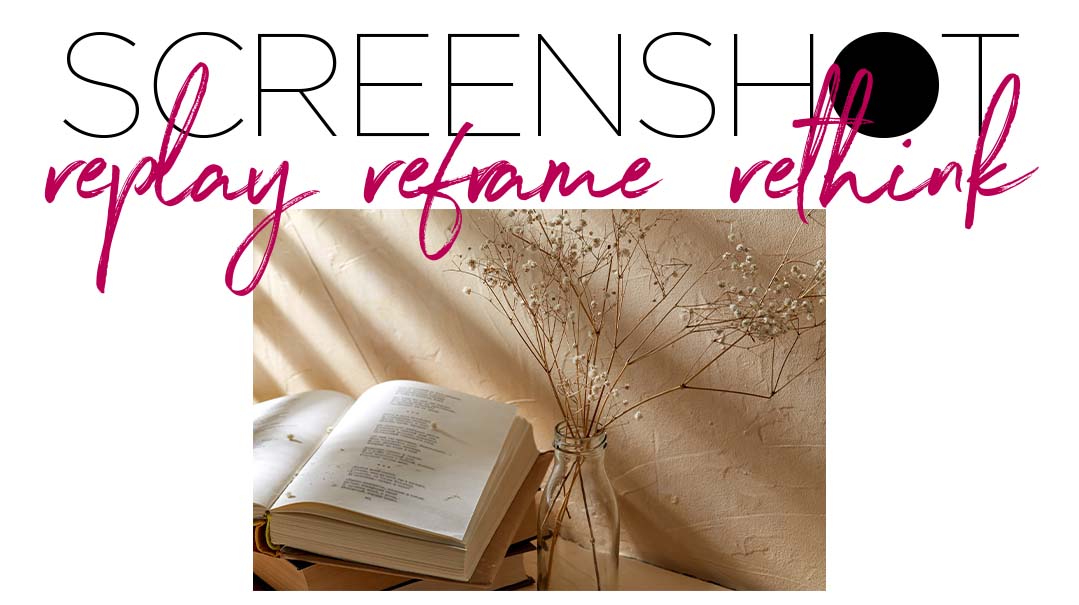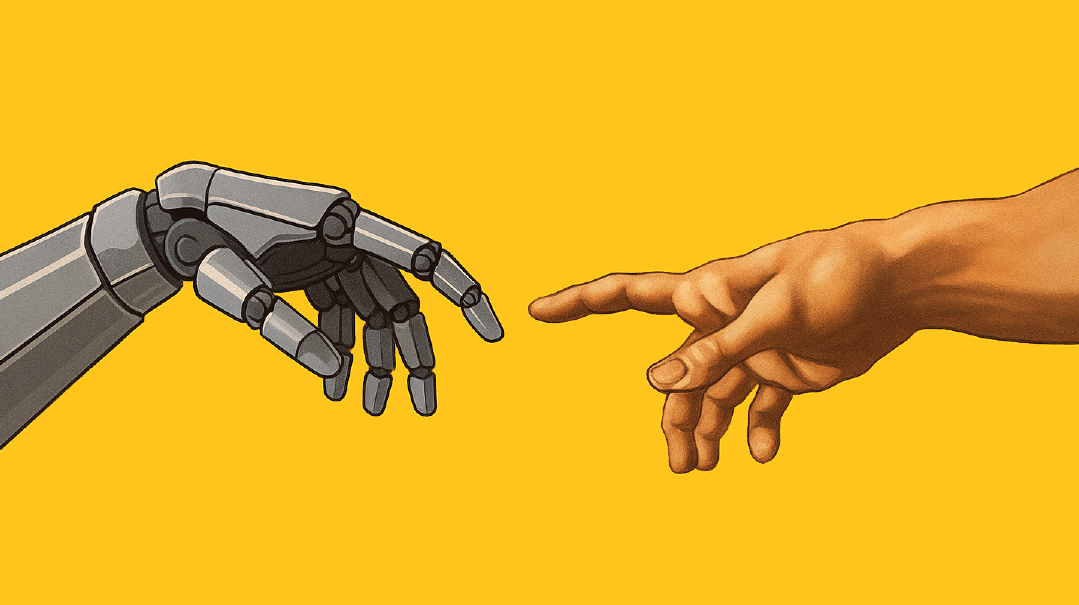Constraints and Creativity

When you can do anything, when every avenue beckons, the open-ended opportunity becomes overwhelming

When I was in twelfth-grade, my literature teacher Mrs. Tovey gave the class an assignment: write a sonnet.
A sonnet is a writing form with very specific parameters. It must be no more and no less than fourteen lines, written in iambic pentameter -- an “iambus” means every second syllable is emphasized, and “pentameter” means precisely ten syllables on each line. There’s a rhyme scheme of ABAB for the first three quatrains (we plebes would call them “stanzas”), then a couplet for the last two.
It was a tough assignment, even for those of us with rich experience composing Color War theme songs. There were so many limitations: The mandatory ten syllables on each line. The unbending, inflexible rhyme scheme. And that iambus. I don’t know if any shining masterpieces resulted from the assignment.
But it was a good exercise for life.
Structure, strictures, and limitations are part of our existence here on earth. As frum Jews, we know they’re vital. Beyond that, they’re part of any productive, courteous citizen’s functioning; essential in the workplace; imperative when building a home, designing a kitchen, or ordering furniture.
The place where you don’t expect them to be helpful is when it comes to creative output. Most of us envision creativity as the fruit of unfettered possibility. We assume the creative cook shines when every ingredient can easily be sourced, the designer does his best work when hundreds of bolts of fabric are available to him, the composer synthesizes the most sublime melodies when she can use any tone, rhythm, or melodic structure.
But often too much possibility stunts creativity. When you can do anything, when every avenue beckons, the open-ended opportunity becomes overwhelming.
In real life, creativity emerges from constraints. The explosion of color and emotion that burst out of a classic symphony is actually governed by very strict rules. (And as firm as those rules may be, they are somehow flexible enough to elicit a huge range of music.) Some of the best writers build their pieces for an unforgiving word count. And many homes cooks can tell you their best ideas came when they only had five ingredients available.
Writers feel this dynamic keenly. Rare is the print medium that allows unlimited space; most writers work with the limitation of a finite word count. But there’s so much to say! So much time, thought, and research to distill! Sometimes you can get the extra page or two. But at other times, the strain to express it all in a tight space yields punchier phrasing. It fuels the hunt for that one active verb to replace a long flabby phrase. It forces a more creative approach.
Our design team faces constraints too. We try to stay away from very graphic images, but we also aim for artwork that speaks to readers’ emotions. How do you honor both considerations? We’ve published several pieces about Nazis over the years. How does a designer portray the horror when our readership is rightly sensitive about seeing faces of reshaim? When I think of the pieces we’ve done on national tragedies, or articles about avowed reshaim, I remember the powerful graphic elements that our team marshaled sans any gruesome close-ups. I remember the visual and emotional impact they created on the page. And I think how sometimes, when you’re facing four walls of constraints and limitations, the only way to grow is by forcing yourself upward.
—Shoshana Friedman, Managing Editor
(Originally featured in Mishpacha, Issue 895)
Oops! We could not locate your form.







